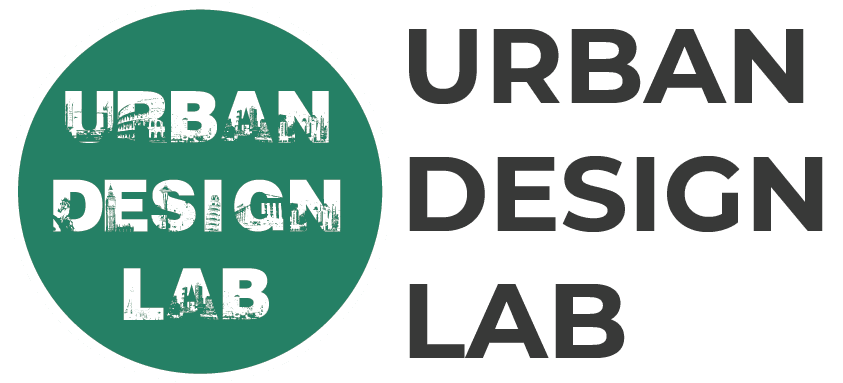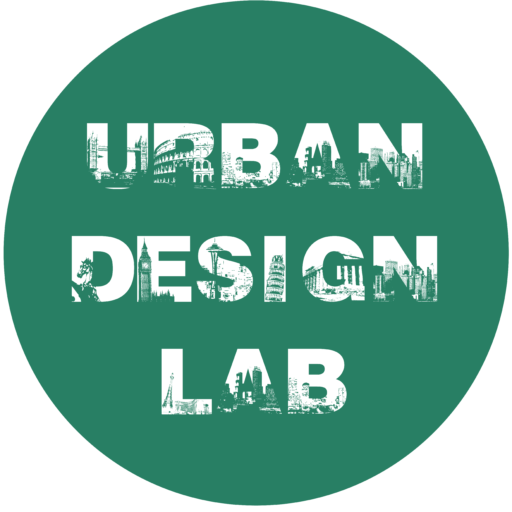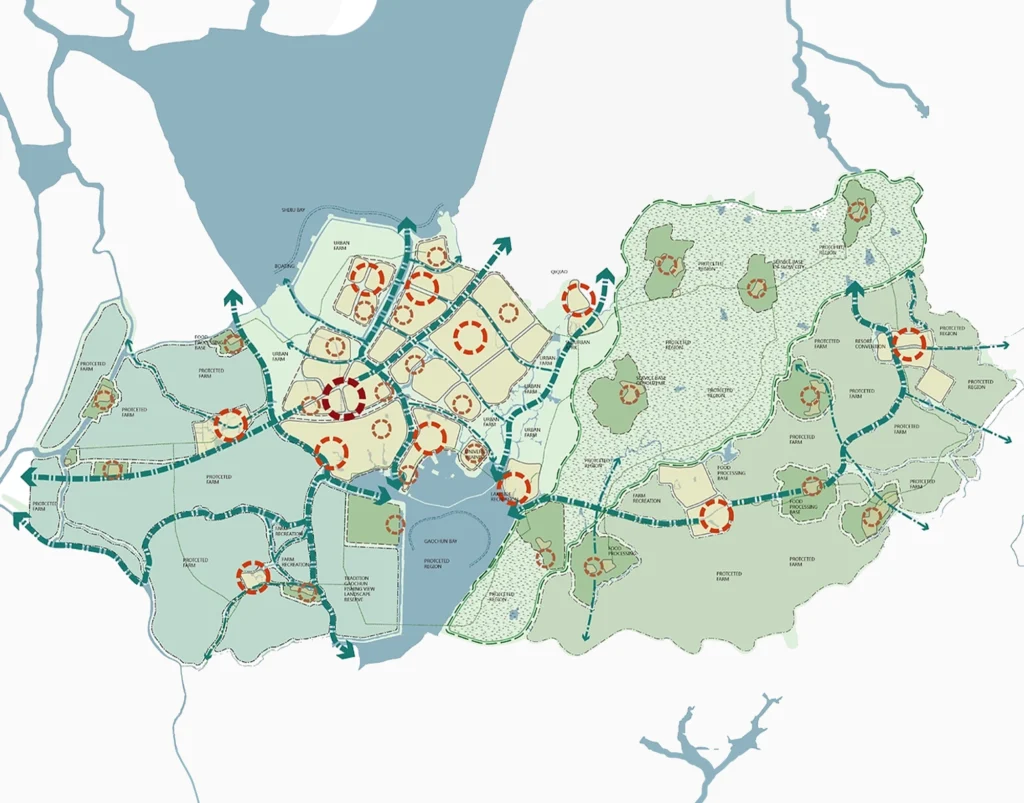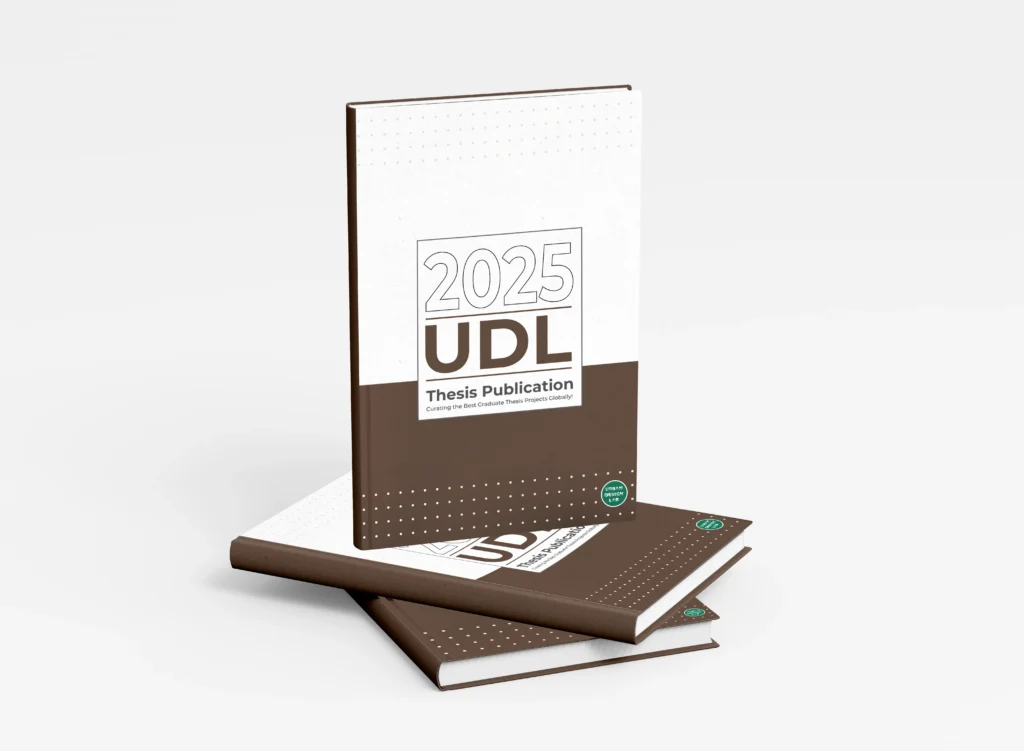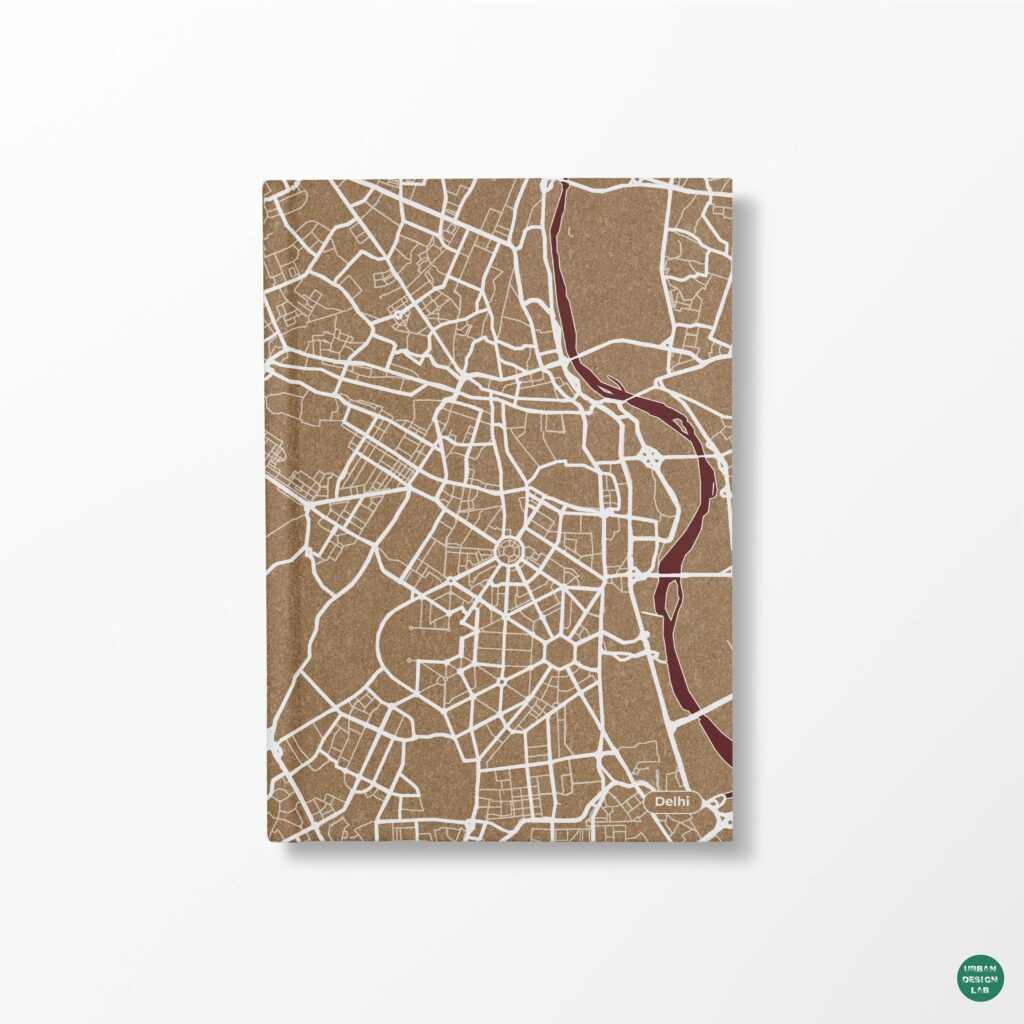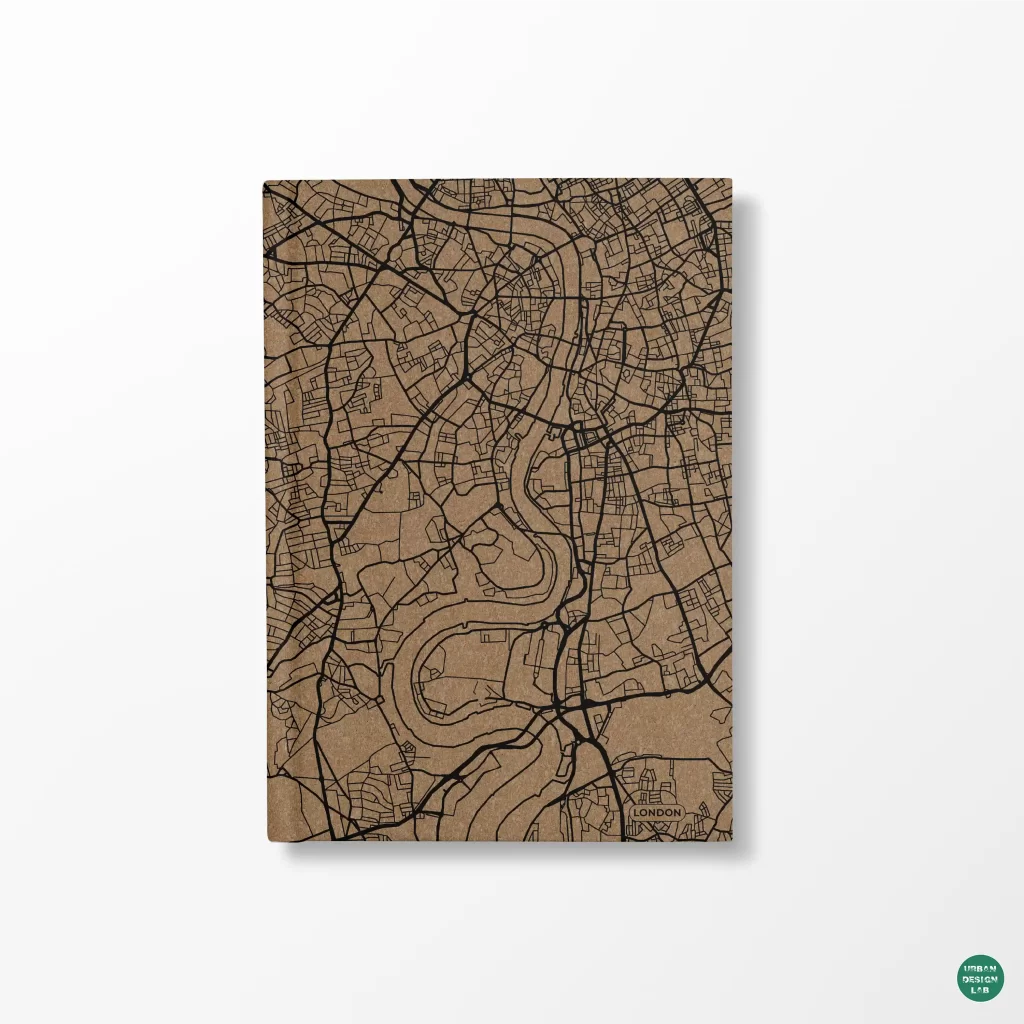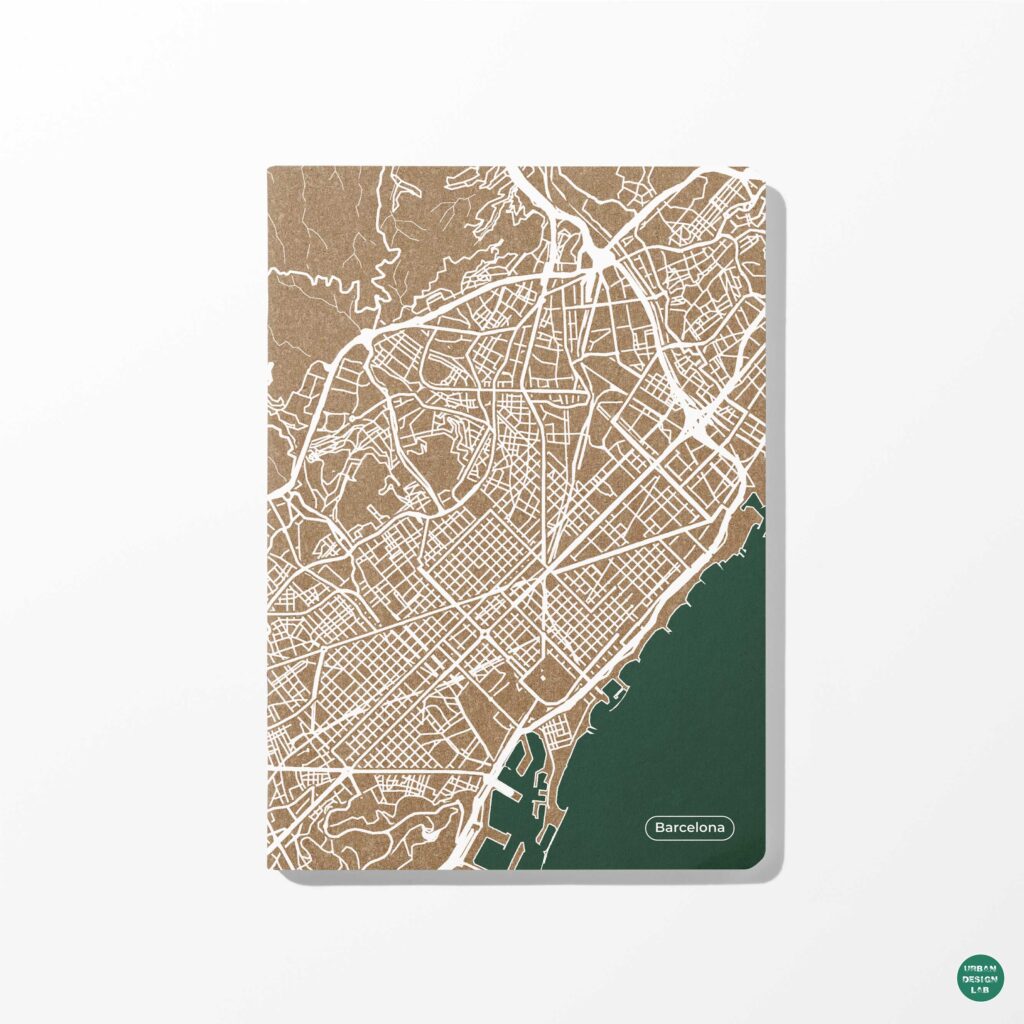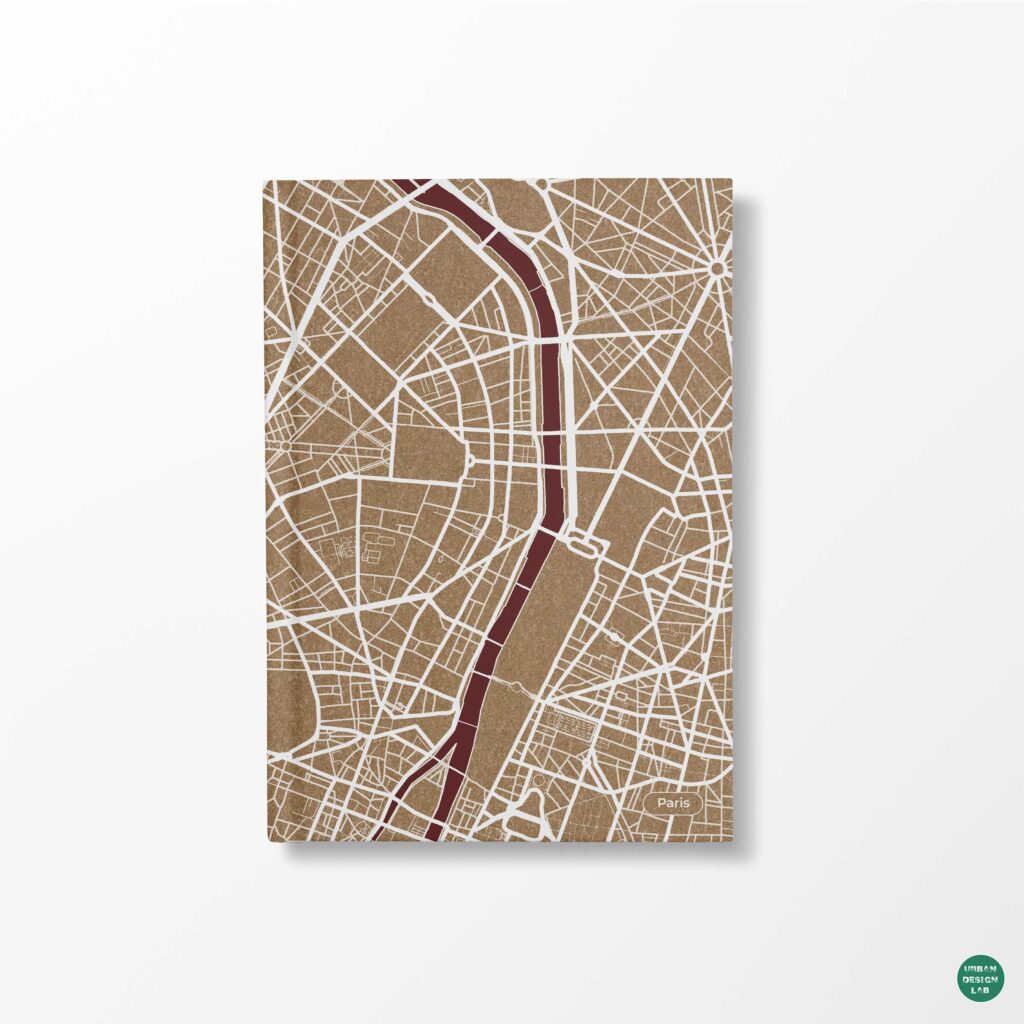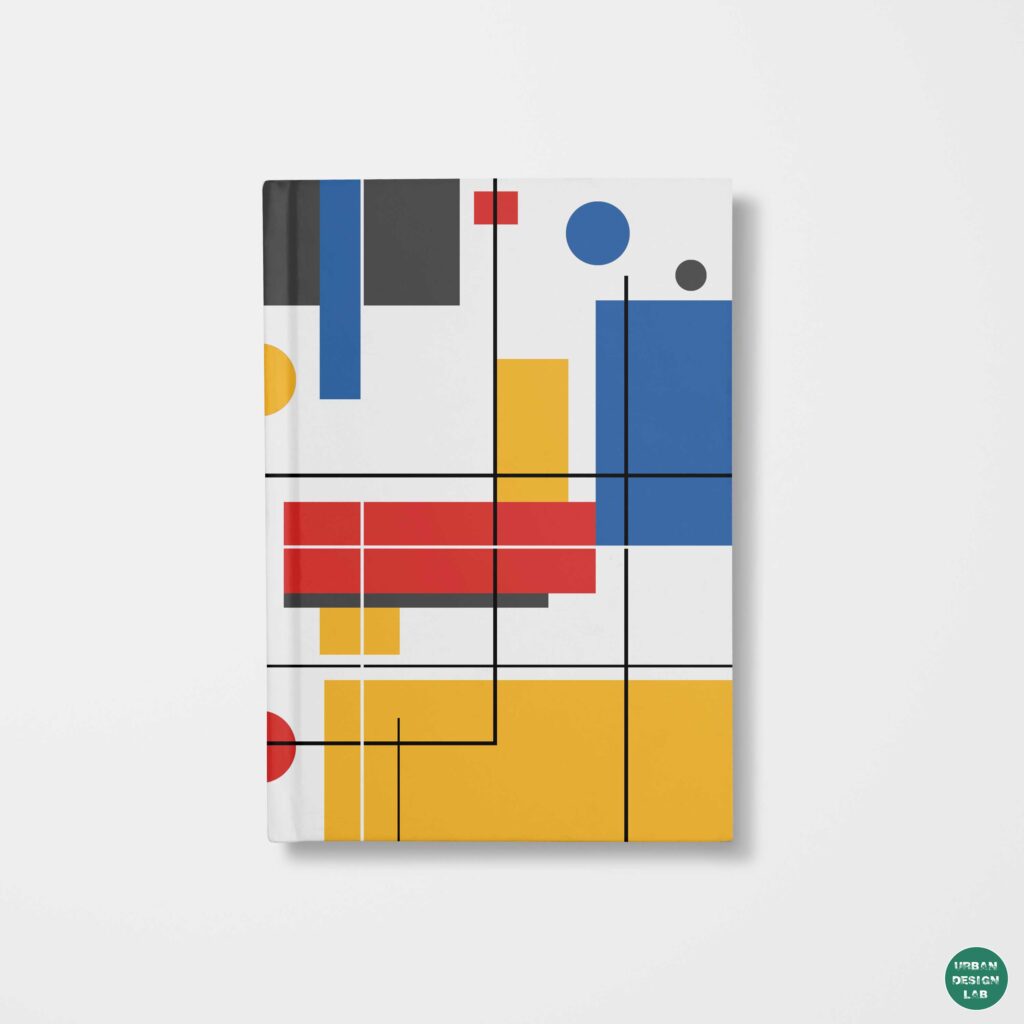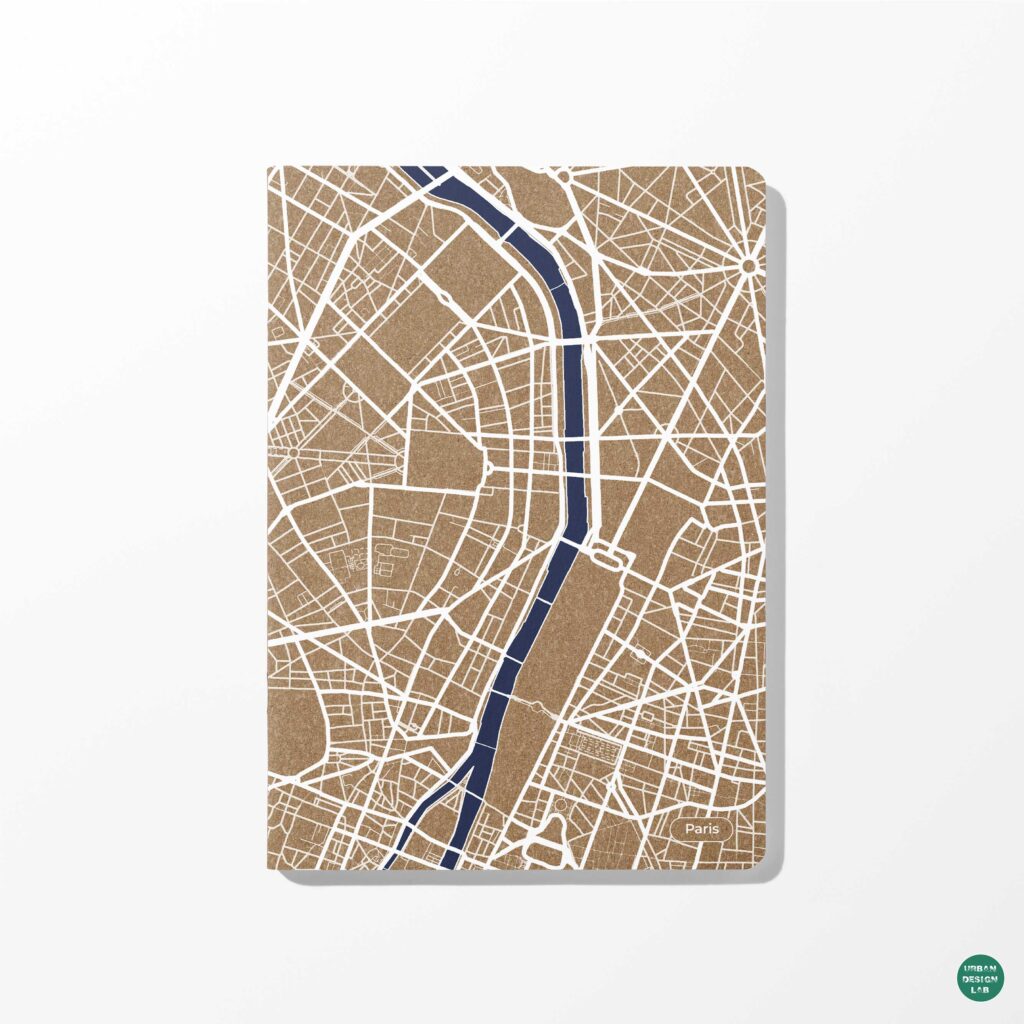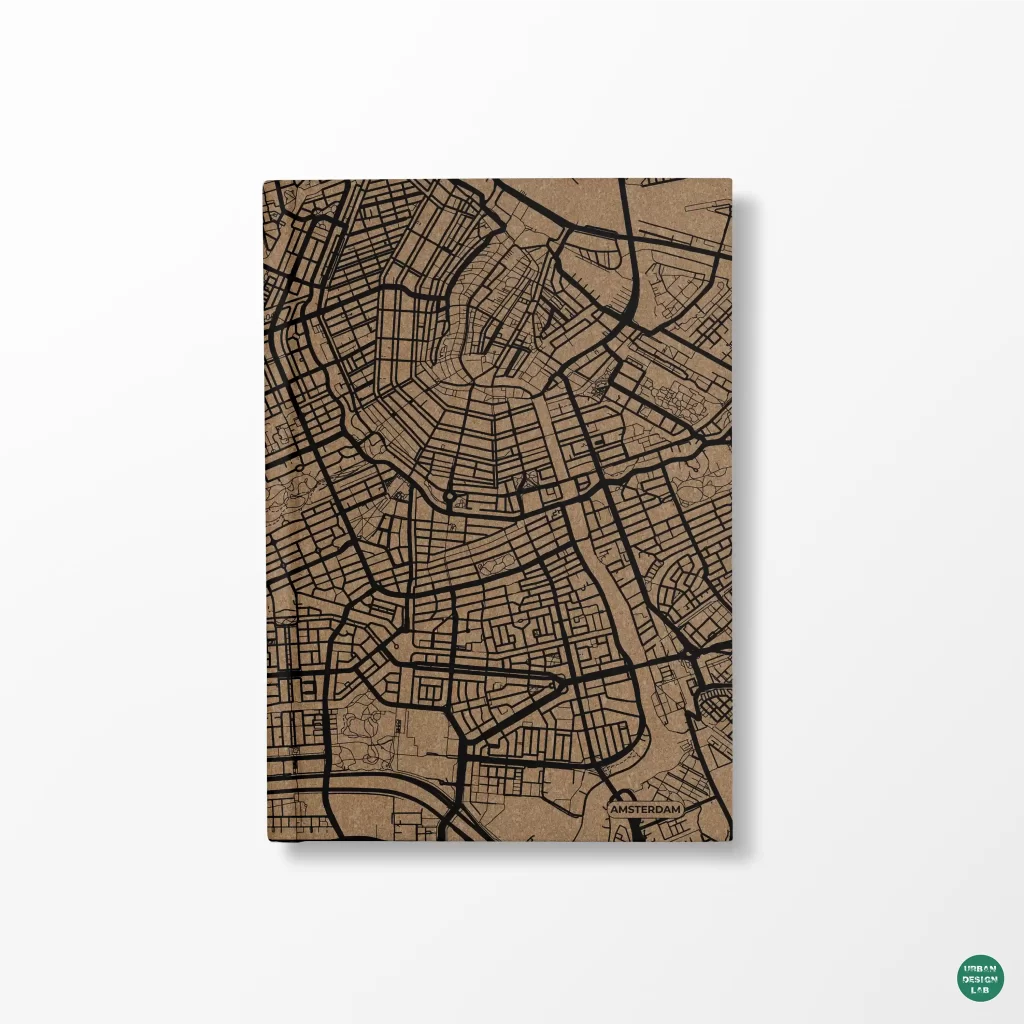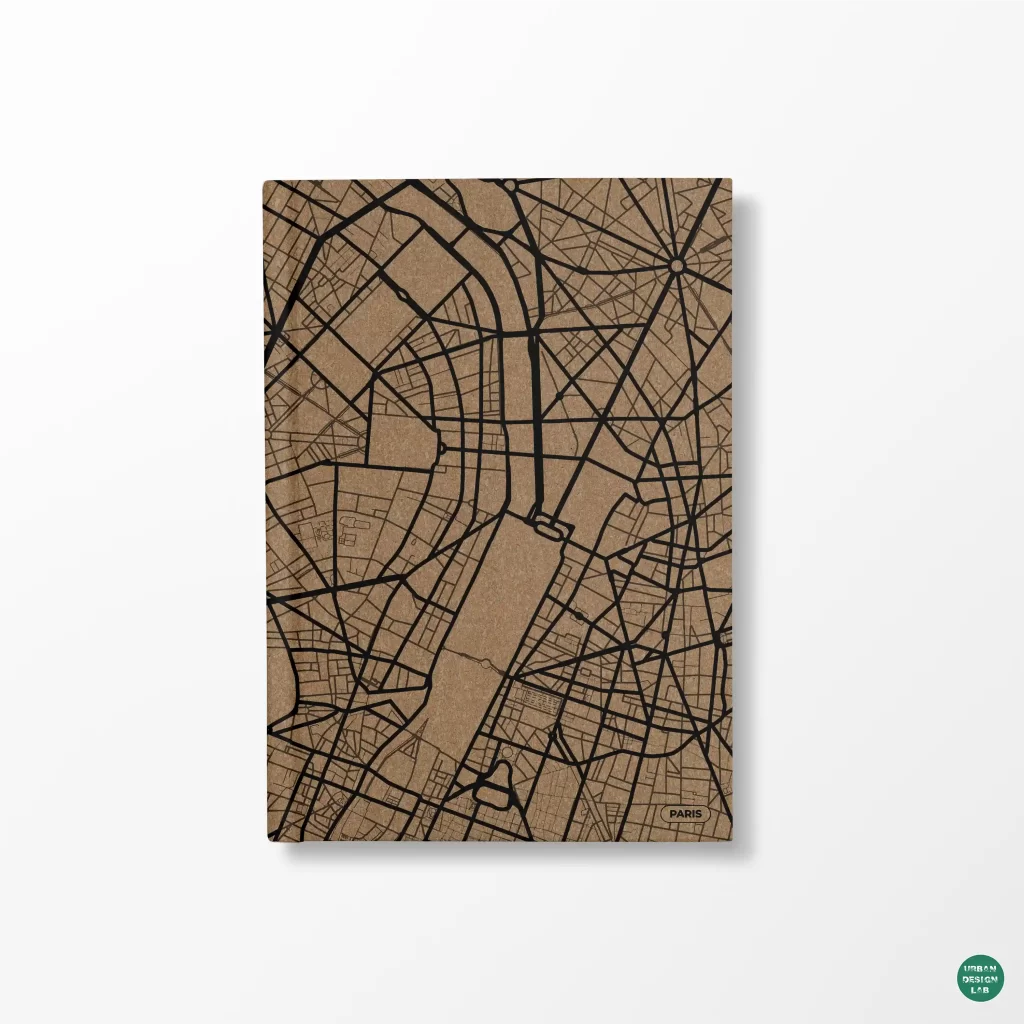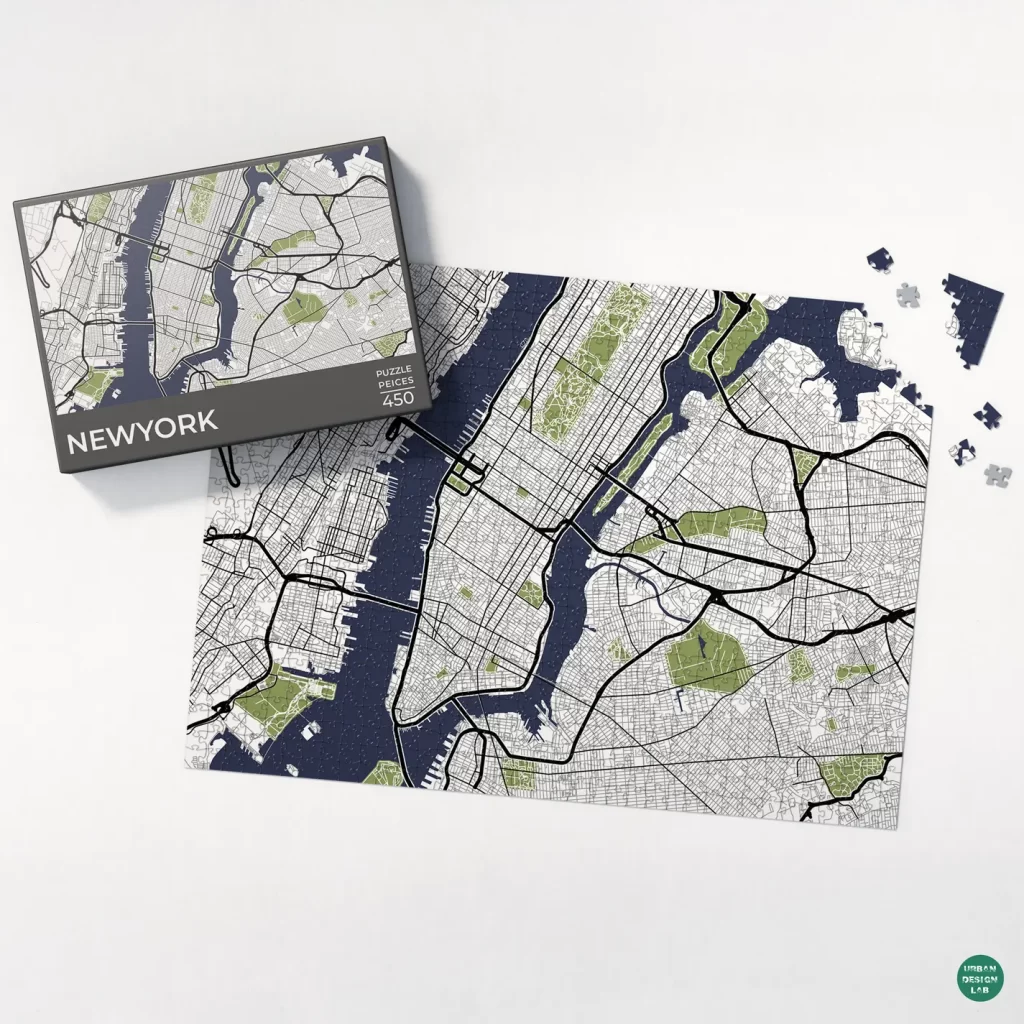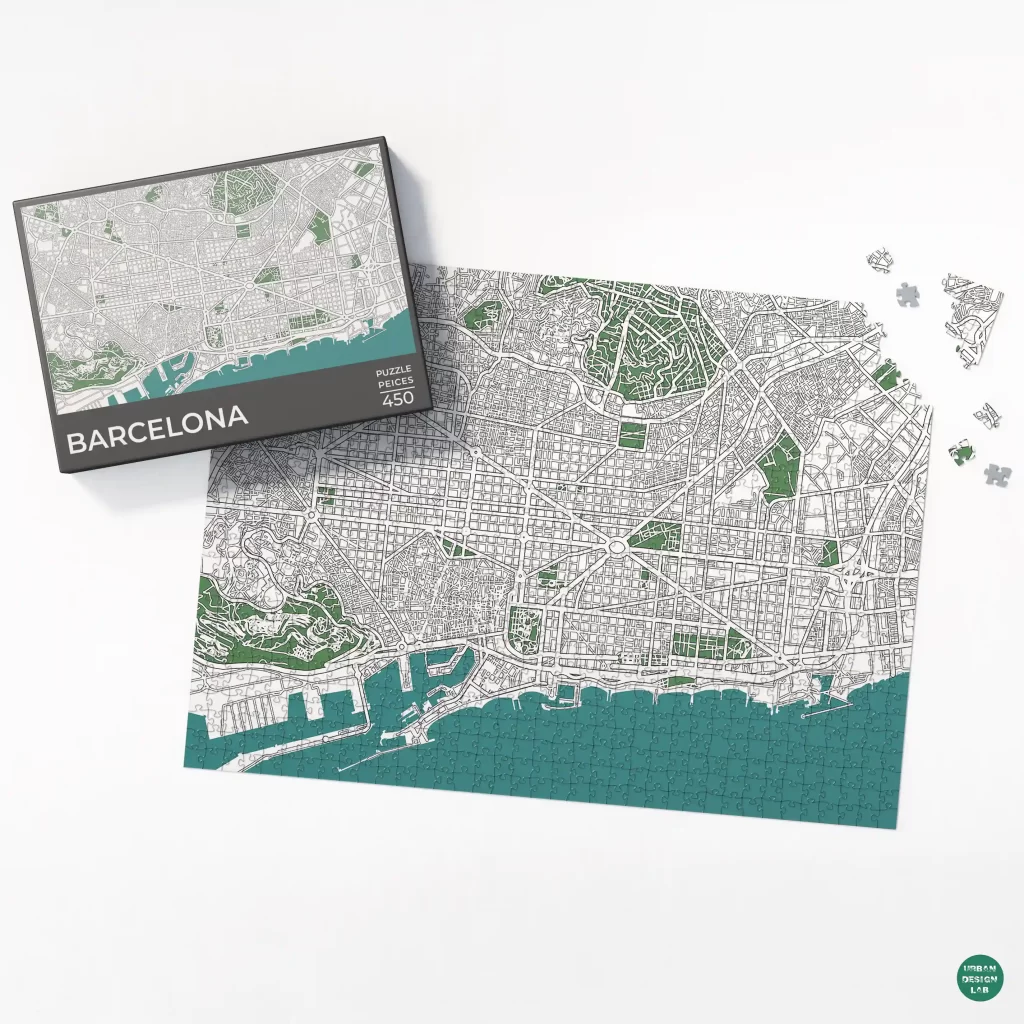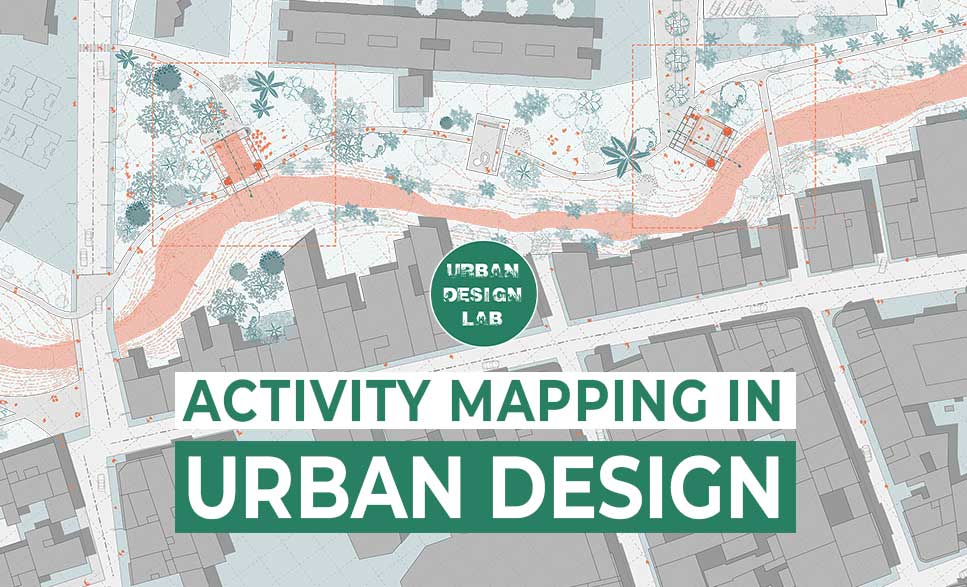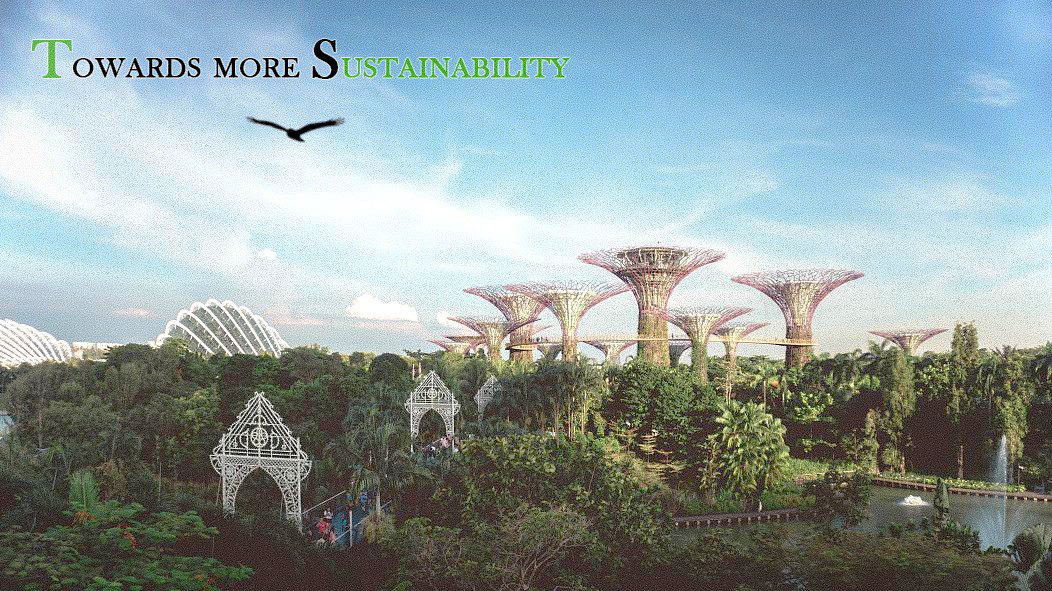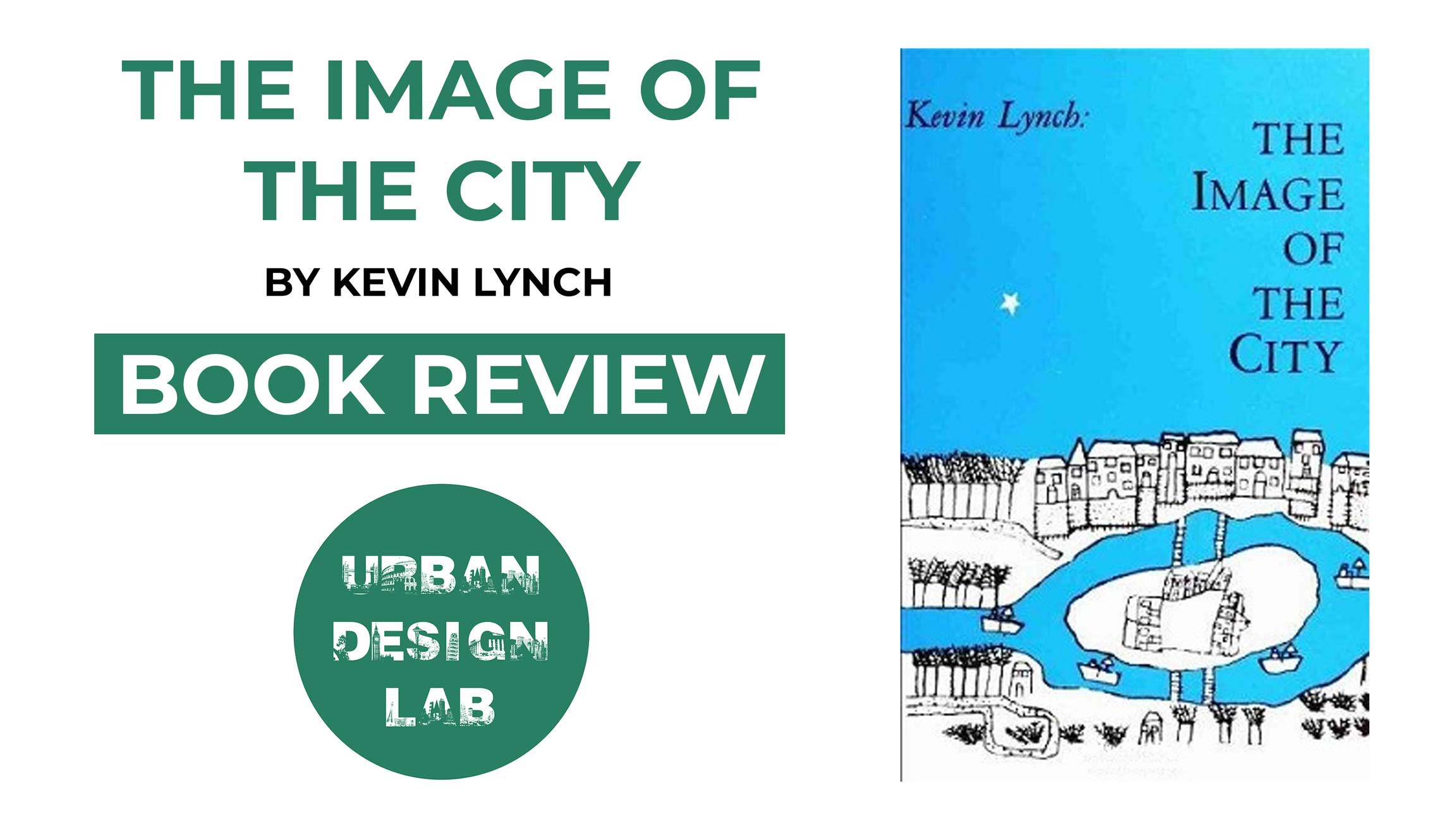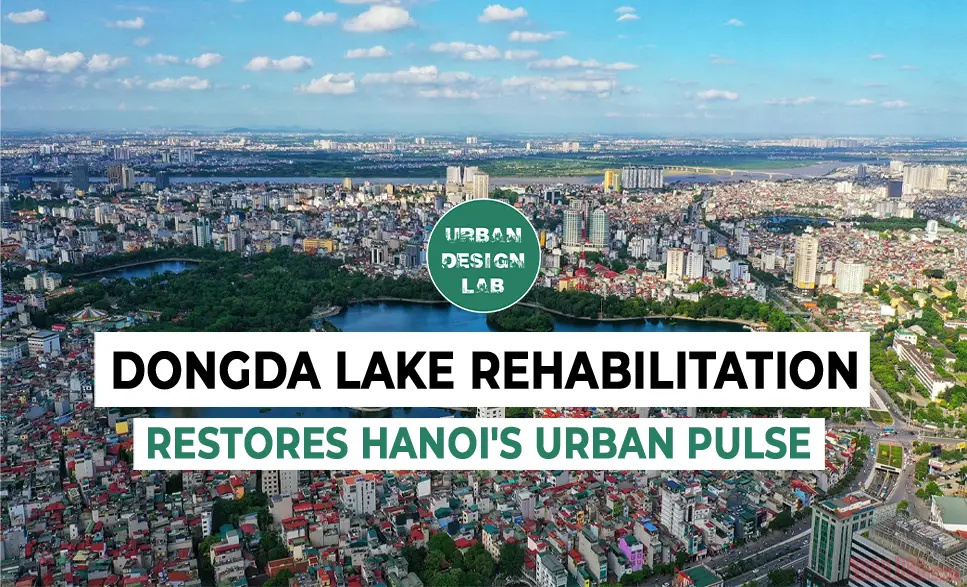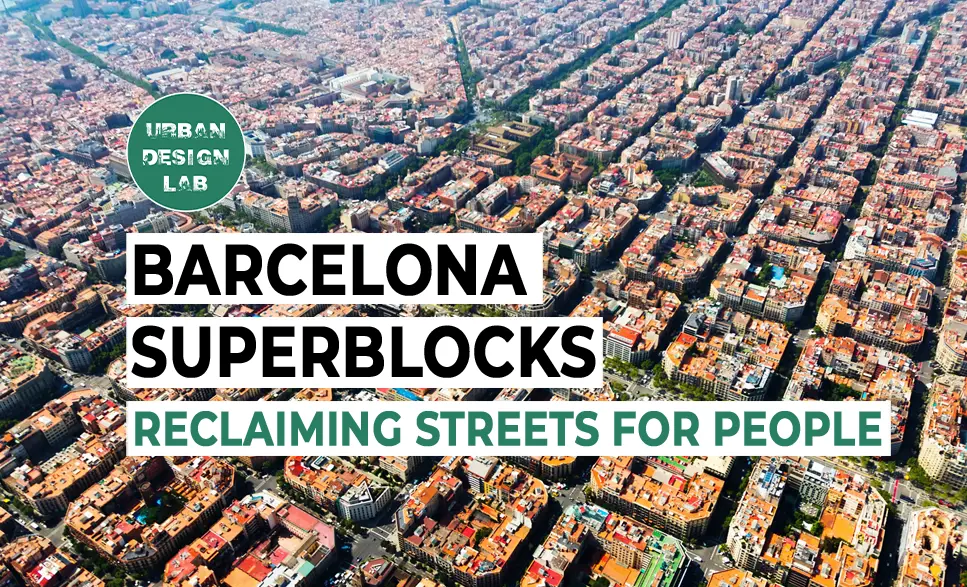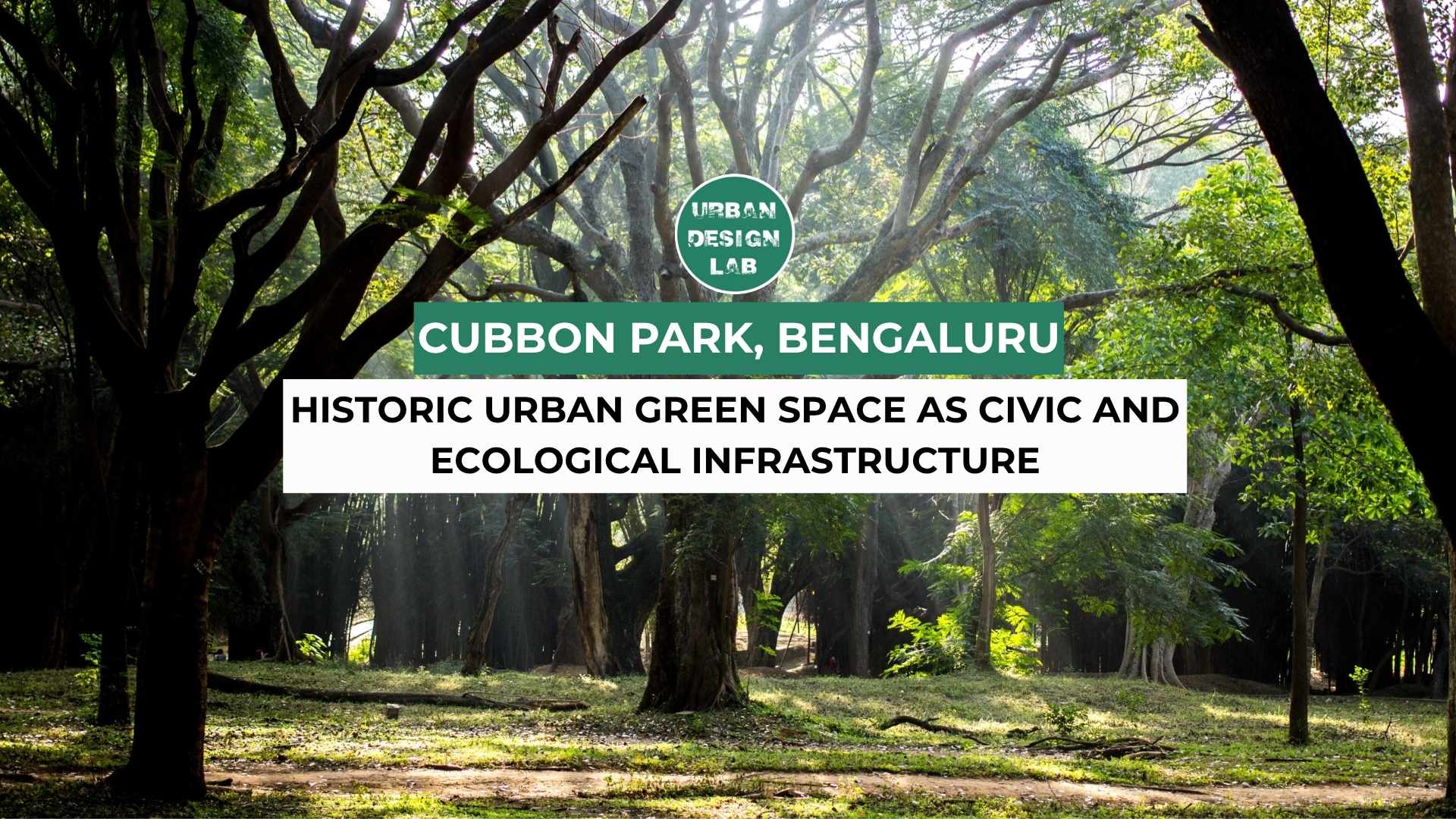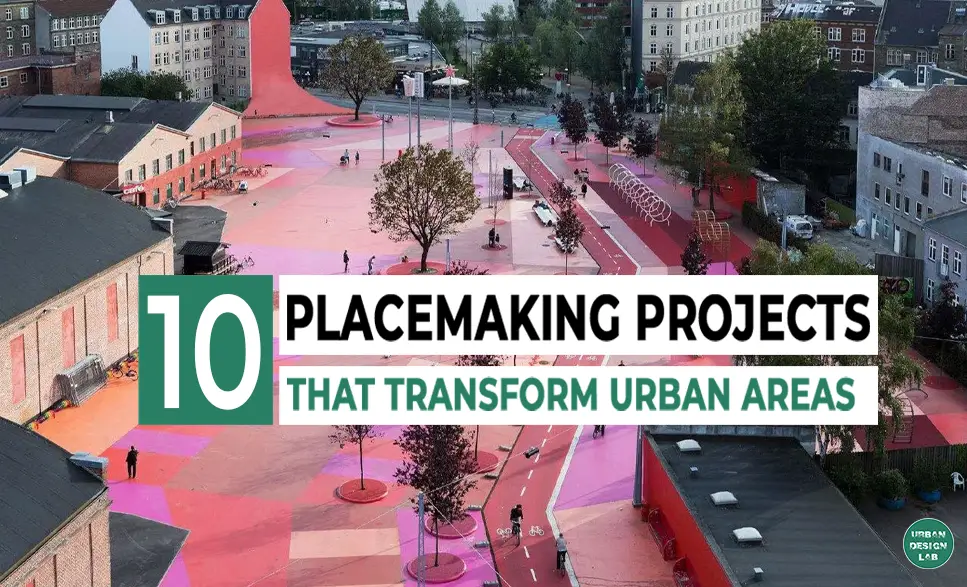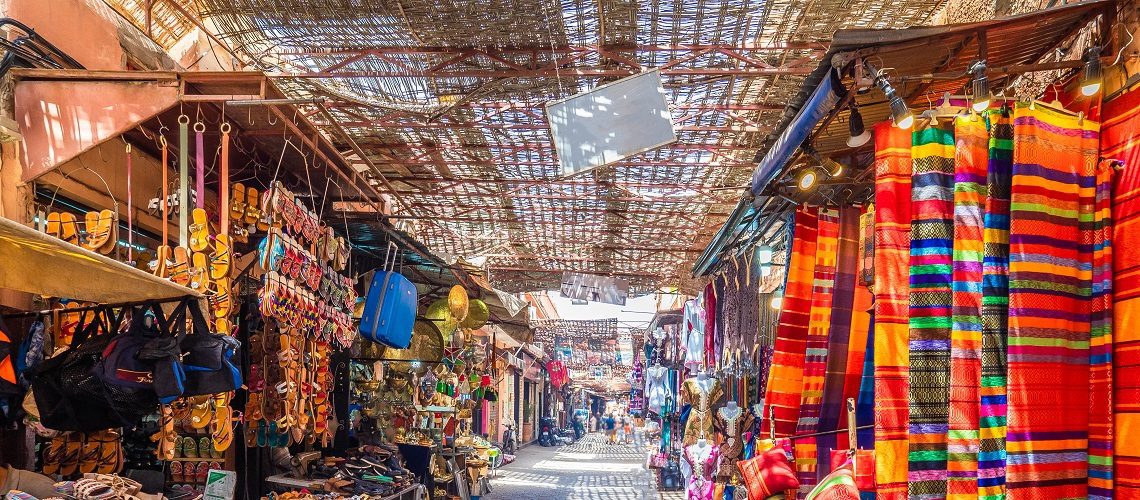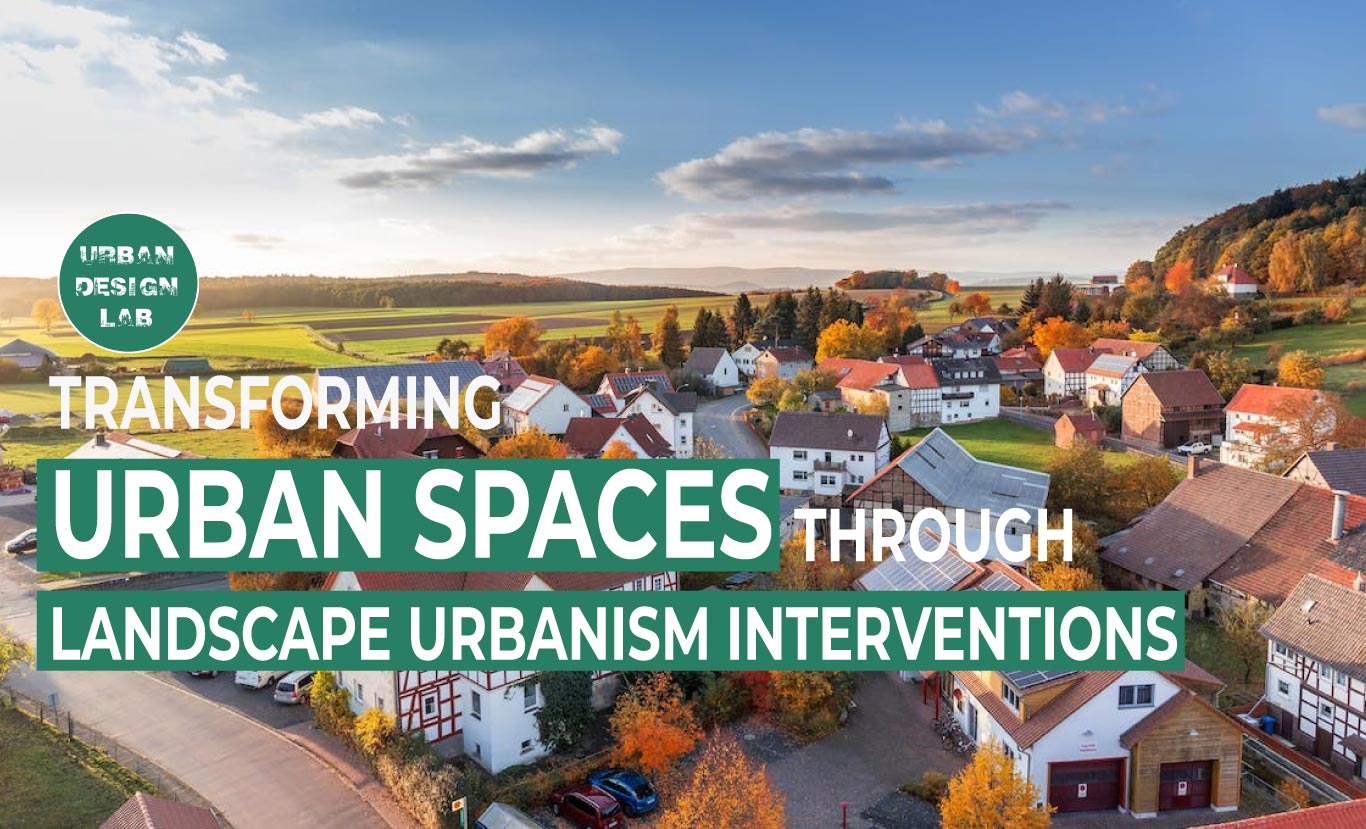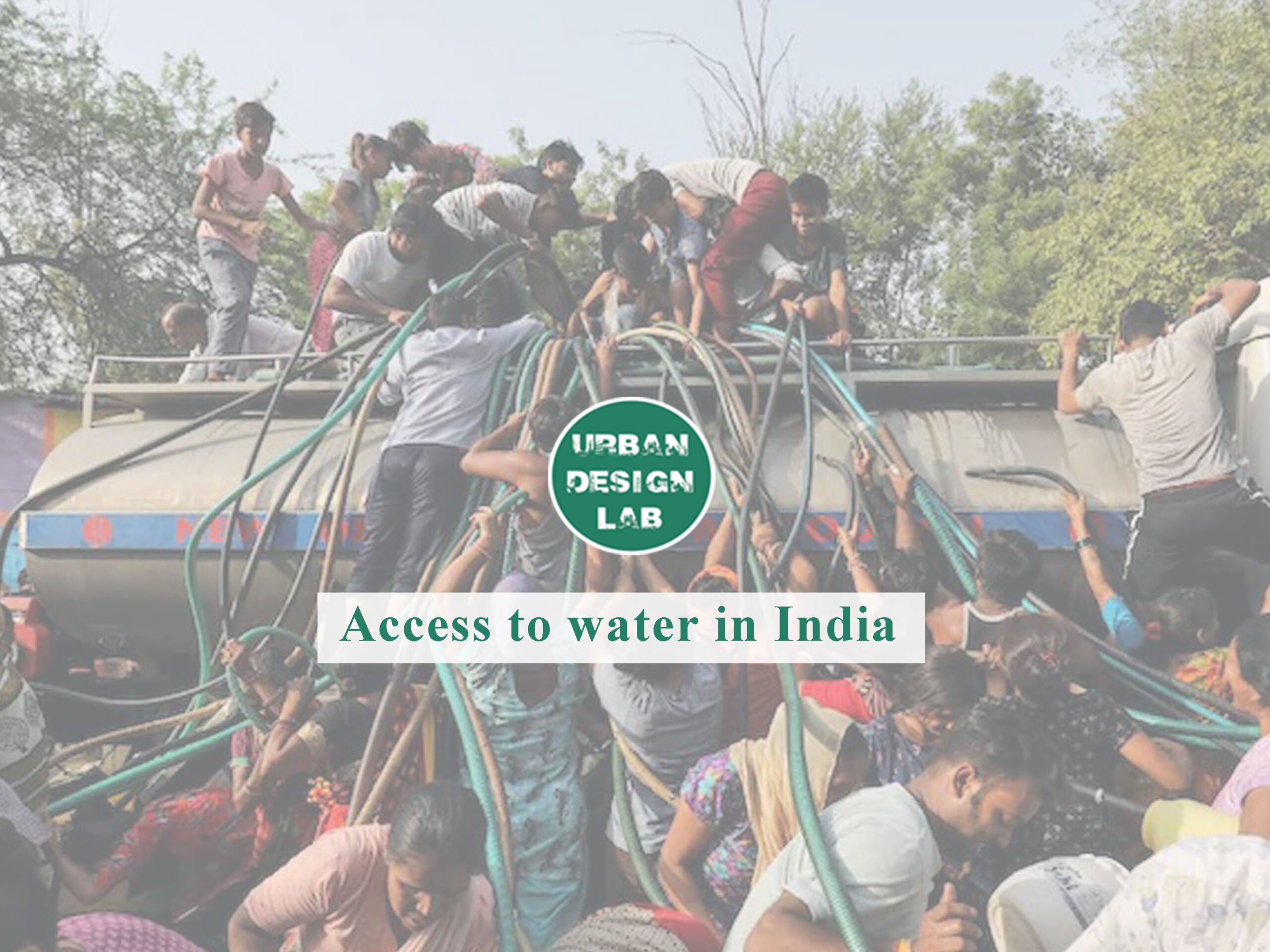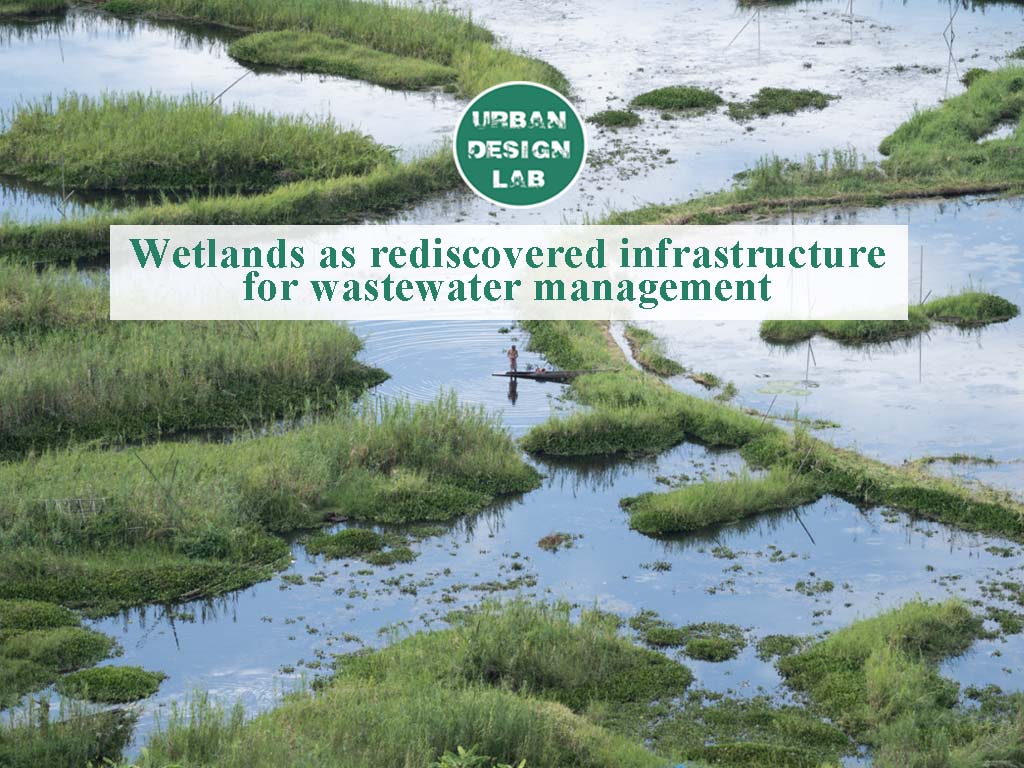
Designing Playable Cities: Impact of Public Playgrounds on City Life
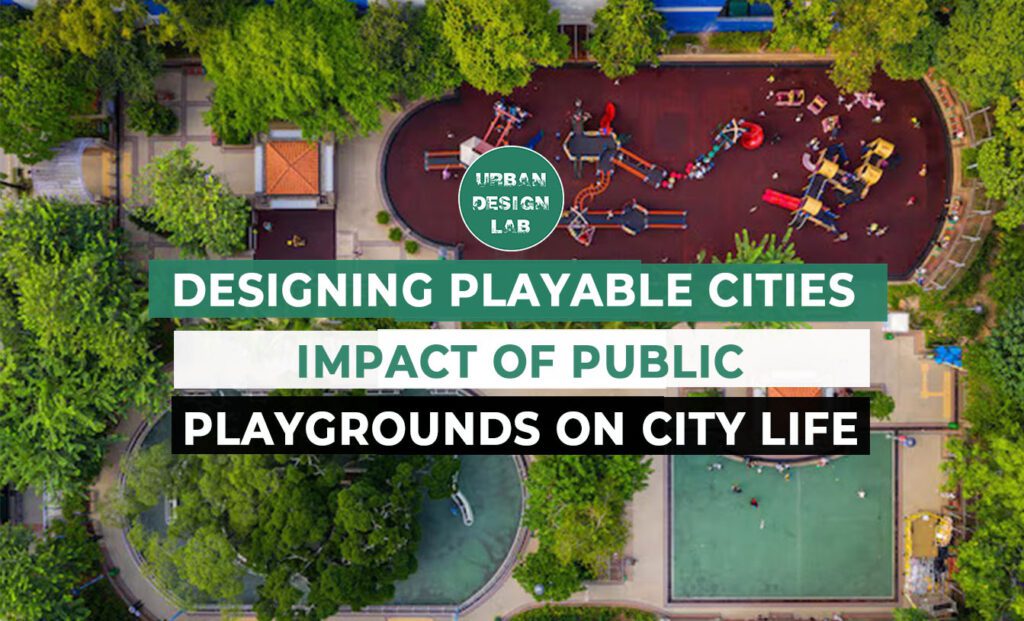
The concept of “playable cities” extends far beyond designing spaces for children—it reimagines public space as interactive, inclusive, and community-driven. Grounded in theories of urban sociology, child-friendly planning, and spatial justice, playgrounds serve as crucial microcosms of city life. They represent democratic, shared spaces where people from diverse backgrounds connect, where intergenerational engagement occurs, and where civic identity is shaped.
Urban theorists like Jane Jacobs and Henri Lefebvre have long emphasized the importance of lived public experience, and playgrounds offer exactly that—spaces for discovery, dialogue, and wellbeing. This article explores the multifaceted impact of playgrounds on urban environments, from their role in fostering social inclusion and child development to their influence on public health, safety, and equity. Through a critical examination of planning principles, design strategies, and real-world case studies, this piece articulates how playgrounds are not just amenities, but foundational elements in creating livable, sustainable cities.
Urban Theory and the Rise of Playable Cities
Playable cities are rooted in urban theories that emphasize public space, equity, and everyday life. Thinkers like Jane Jacobs celebrated sidewalks and parks as essential urban fabrics that support spontaneity and community cohesion. Henri Lefebvre’s idea of “the right to the city” extends to how residents—especially children—engage with and shape their surroundings.
Public playgrounds exemplify these theories in action. They create low-barrier entry points for social engagement and encourage exploration, freedom, and agency. Unlike commercial or privatized zones, playgrounds often remain freely accessible, offering shared space for social mixing and informal learning. Moreover, playable cities align with contemporary urbanism trends like tactical urbanism and placemaking, which prioritize human-centered, adaptive design.
These approaches consider the spatial needs of all residents, not just adults, allowing for a city that is playful, curious, and alive.
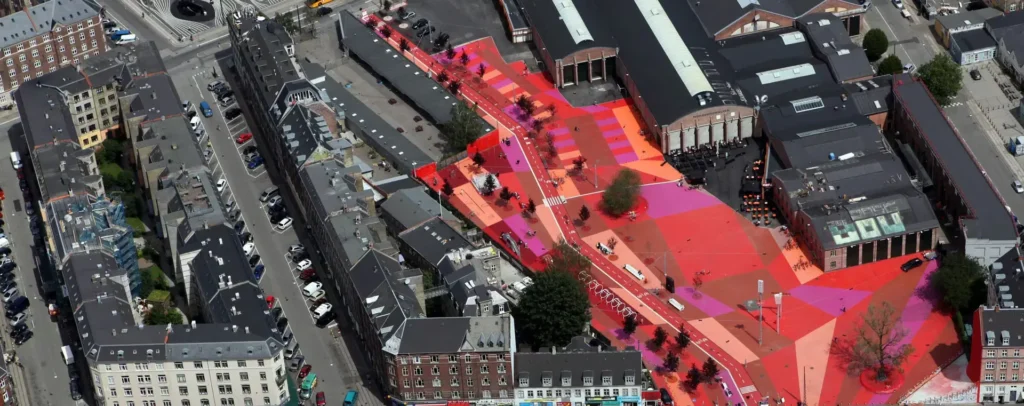
The Role of Public Playgrounds in Child Development
Public playgrounds are essential developmental environments for children, providing cognitive, emotional, and physical stimulation. According to developmental psychologists like Jean Piaget and Lev Vygotsky, play is not merely recreational; it is fundamental to learning. Structured and unstructured play in safe outdoor environments enhances creativity, motor skills, and problem-solving abilities.
Urban playgrounds offer dynamic landscapes that challenge children to climb, build, balance, and collaborate. These experiences support risk assessment and resilience, which are key traits in childhood development. Beyond physical benefits, playgrounds enable socialization across age groups and cultures. Children learn empathy, negotiation, and cooperation through shared play experiences.
Research also shows that regular access to green, outdoor play reduces stress and anxiety in children, improving mental health and behavior. Importantly, equitable access to playgrounds ensures that all children—regardless of socioeconomic status—have opportunities for growth and joy. By integrating well-designed play spaces into urban neighborhoods, cities can create nurturing environments that support children’s holistic development and lifelong wellbeing.
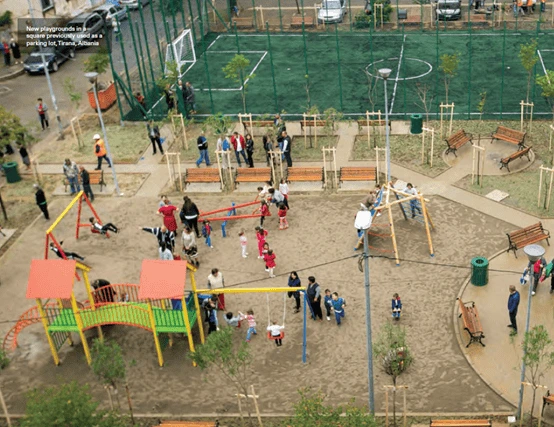
Source: Website Link
Social Inclusion and Community Building Through Play
Playgrounds act as natural social hubs where diverse populations intersect. Unlike many urban settings stratified by income, ethnicity, or age, public play spaces provide shared ground for interaction, reducing social distance and fostering inclusion. They are often the only places in a city where children from varied backgrounds can play together without the boundaries of institutional settings.
Parents and caregivers also benefit, building informal networks while supervising their children. These interactions help cultivate social capital and trust, which are critical for healthy communities. Well-located, inclusive playgrounds in underserved neighborhoods can be especially impactful by reducing spatial inequality.
Designing for universal access—by including features for children with disabilities or neurodiverse needs—further enhances inclusivity. Playgrounds, in this sense, become civic microcosms, where democratic values like participation, access, and diversity are not only symbolized but practiced. By supporting social integration and shared ownership of public space, playgrounds actively contribute to a more cohesive and resilient urban fabric.
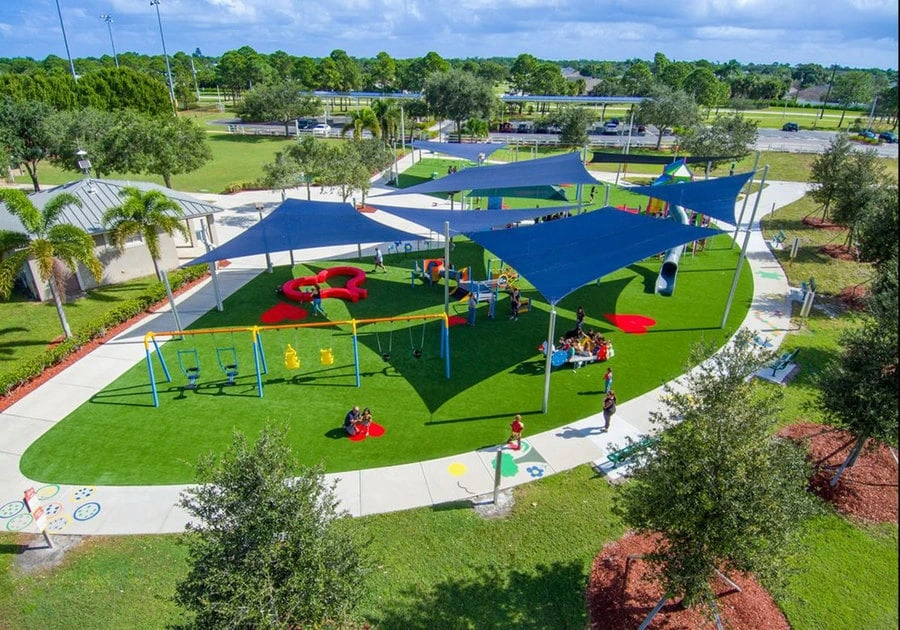
Health and Wellbeing Benefits of Urban Playgrounds
The public health impact of playgrounds extends beyond children. Access to outdoor play areas encourages physical activity, which combats sedentary lifestyles and associated health risks in both youth and adults. Urban design that integrates playgrounds into walkable neighborhoods enhances daily movement, contributing to cardiovascular health, weight management, and improved immune function.
Mental health is also influenced. Natural play environments—those with trees, grass, and water—have been linked to reduced stress, better mood, and increased attention spans. For adults, supervising play often means exposure to sunlight and nature, promoting mental rejuvenation and reducing urban fatigue.
Moreover, accessible playgrounds can serve as vital spaces for inclusive physical therapy and sensory stimulation. The presence of well-maintained, safe, and inviting playgrounds signals that a city values health equity. Especially in high-density areas, they offer relief from concrete landscapes and serve as urban oases, inviting all ages to pause, breathe, and connect through movement.
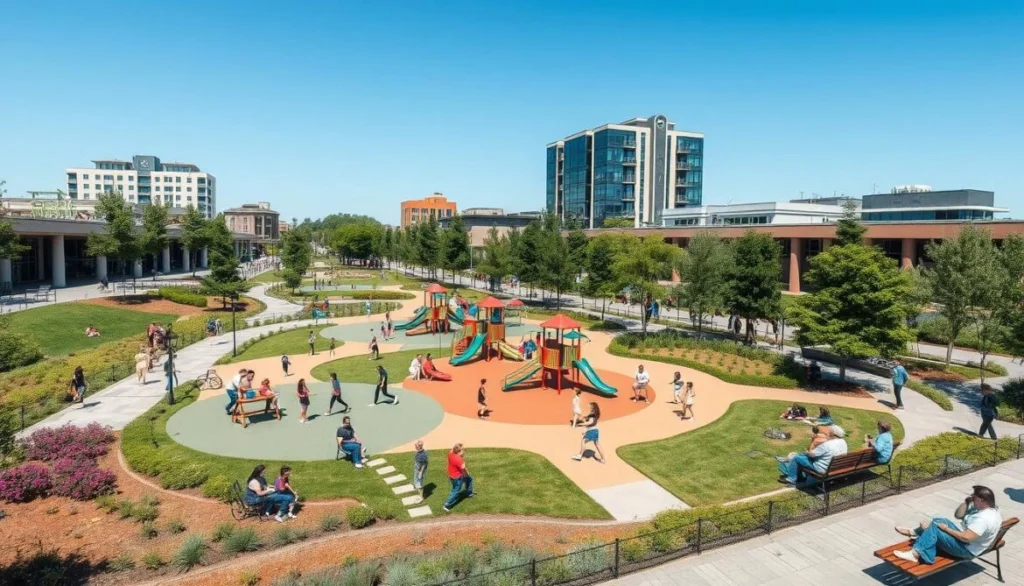
Design Principles and Innovations in Playable Spaces
Modern playground design has evolved beyond static structures to embrace interactivity, nature, and cultural identity. Innovative design draws on principles from landscape architecture, environmental psychology, and co-design processes with communities. Materials like wood, water, recycled plastics, and living plants are integrated to stimulate multisensory engagement.
Rather than isolated equipment clusters, new playgrounds are embedded into multifunctional landscapes: pocket parks, schoolyards, or even rooftops. Themed playgrounds also offer educational opportunities, reflecting local history, ecology, or art. Designers like Aldo van Eyck pioneered the notion of designing play into the everyday fabric of the city—not just in enclosed zones but across plazas, sidewalks, and courtyards.
Crucially, safety standards must be balanced with risk-taking opportunities to foster development. Overly sanitized spaces may limit creativity. Inclusive design features like ramps, tactile surfaces, and sound elements ensure accessibility for all users. These design strategies contribute to a city that celebrates play as a cultural and civic value, not merely a childhood pastime.
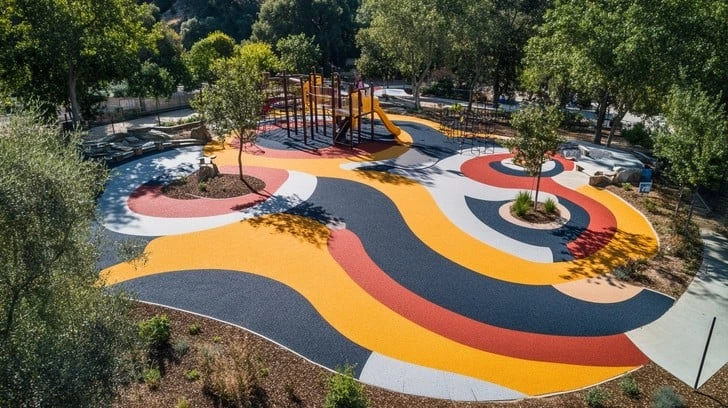
Equity and Access: Who Gets to Play?
Despite their importance, not all neighborhoods have equal access to high-quality playgrounds. Socioeconomic disparities often determine the quantity, quality, and safety of play spaces available. Wealthier districts typically enjoy more funding, better maintenance, and safer infrastructure, while underinvested communities may face neglected or absent playgrounds.
This inequity reflects broader patterns of spatial injustice, as discussed by urban theorists like Edward Soja. Without deliberate planning and policy interventions, play becomes a privilege rather than a right. Equity-focused urban design calls for a redistribution of resources—targeting marginalized areas for investment in public play infrastructure.
Public-private partnerships, participatory budgeting, and inclusive zoning policies can help correct these imbalances. Monitoring tools like the “play deserts” mapping methodology can identify areas in need. Recognizing access to play as a social determinant of health and wellbeing helps anchor playground provision within the broader human rights and urban justice discourse.
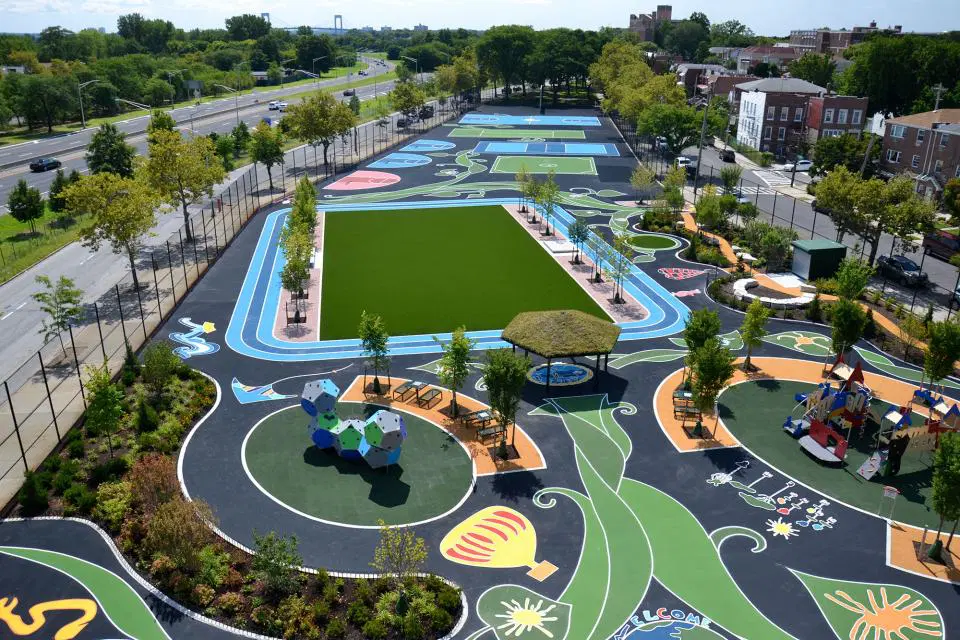
Case Studies: Global Approaches to Playable Cities
Cities around the world are reimagining public play through creative and community-led models. In Barcelona, the “Superblocks” initiative integrates micro-playgrounds within traffic-free zones, creating safe and playful public realms. In Copenhagen, the “Playscapes” program transforms urban residual spaces into vibrant play zones, using colorful, artistic installations that attract all age groups.
Singapore incorporates nature play into its public housing estates, fostering biodiversity and child-friendly neighborhoods. In Bogotá, Colombia, the “Ciclovía” program temporarily transforms major streets into open play and activity zones every Sunday, promoting health and civic engagement.
These examples show that urban play is adaptable across contexts and scales. What unites them is a commitment to participatory design, inclusive access, and integration into everyday city life. Whether through tactical interventions or long-term planning, these cities demonstrate how embracing play can humanize urban space, bridge social divides, and nurture more resilient, connected communities.
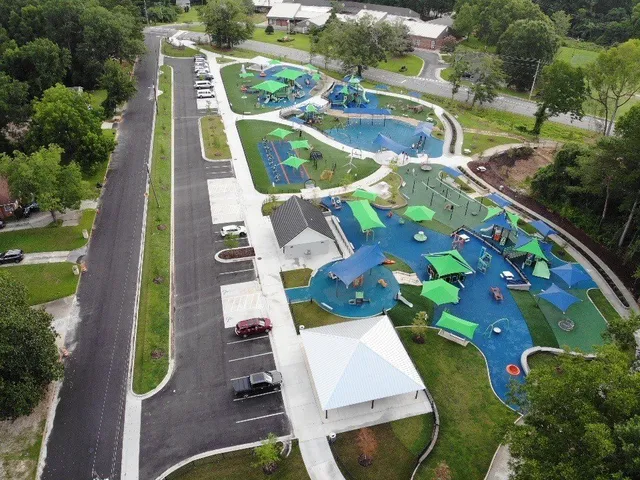
Conclusion
Public playgrounds are more than places for leisure—they are essential infrastructures of livable, inclusive cities. Grounded in urban theory and supported by research in child development, health, and design, playgrounds offer a unique blend of functionality and joy. They promote social inclusion, foster learning, and enhance mental and physical health across age groups. Thoughtful playground design strengthens community bonds and supports equitable urban growth, especially when focused on universal access and participatory planning.
As urban populations grow and densify, ensuring that play remains a visible and valued aspect of the public realm becomes more critical. City planners, designers, and policymakers must treat playgrounds not as afterthoughts but as integral components of sustainable urban ecosystems. By embedding play into the city’s DNA, we design not only for children—but for a future where urban life is healthier, more creative, and more humane.
References
- Jacobs, J. (1961). The Death and Life of Great American Cities. Random House.
https://www.randomhousebooks.com/books/89423/ - Lefebvre, H. (1991). The Production of Space. Blackwell.
🔗 https://www.wiley.com/en-us/The+Production+of+Space-p-9780631181774 - Soja, E. (2010). Seeking Spatial Justice. University of Minnesota Press.
https://www.upress.umn.edu/book-division/books/seeking-spatial-justice - Gill, T. (2007). No Fear: Growing Up in a Risk Averse Society. Calouste Gulbenkian Foundation.
https://timrgill.files.wordpress.com/2010/10/no-fear-19-12-07.pdf - Lester, S., & Russell, W. (2010). Children’s Right to Play: An Examination of the Importance of Play in the Lives of Children Worldwide. Bernard van Leer Foundation.
https://bernardvanleer.org/publications-reports/childrens-right-to-play/ - Louv, R. (2005). Last Child in the Woods: Saving Our Children from Nature-Deficit Disorder. Algonquin.
https://richardlouv.com/books/last-child/ - United Nations. (1989). Convention on the Rights of the Child.
https://www.ohchr.org/en/instruments-mechanisms/instruments/convention-rights-child - Woolley, H., & Lowe, A. (2013). Exploring the Relationship between Design Approach and Play Value of Outdoor Play Spaces. Landscape Research, 38(1), 53–74.
https://doi.org/10.1080/01426397.2011.640432 - Arup. (2017). Cities Alive: Designing for Urban Childhoods. Arup Group.
https://www.arup.com/perspectives/publications/research/section/cities-alive-designing-for-urban-childhoods - Project for Public Spaces. (2022). What Makes a Successful Place.
https://www.pps.org/article/grplacefeat

Salah ALDeen Amr Ahmed Mohamed
About the Author
Salah Amr is an architecture student at the Canadian International College (CIC) in Egypt. His academic focus lies in sustainable design, urban planning, and the integration of technology in architectural solutions. He is particularly interested in how data-driven approaches and smart systems can enhance the functionality and inclusivity of urban spaces. Through his studies, Salah aims to contribute to innovative and responsible urban development that balances environmental, social, and cultural needs. He actively engages in design projects and research that reflect a commitment to forward-thinking architecture and resilient city planning.
Related articles


Architecture Professional Degree Delisting: Explained
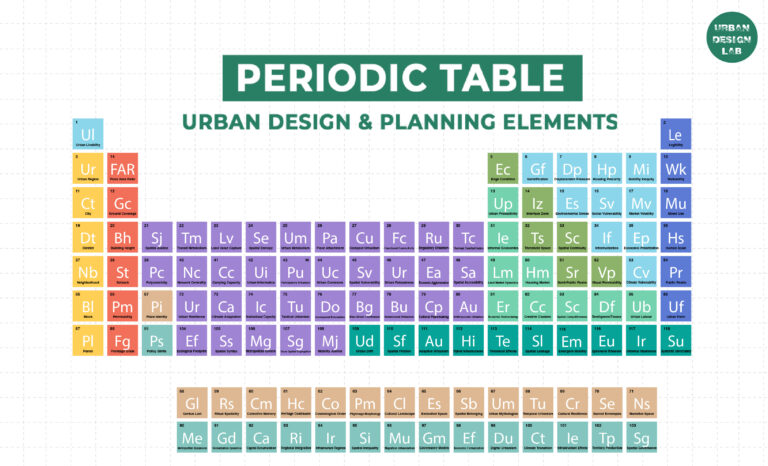
Periodic Table for Urban Design and Planning Elements
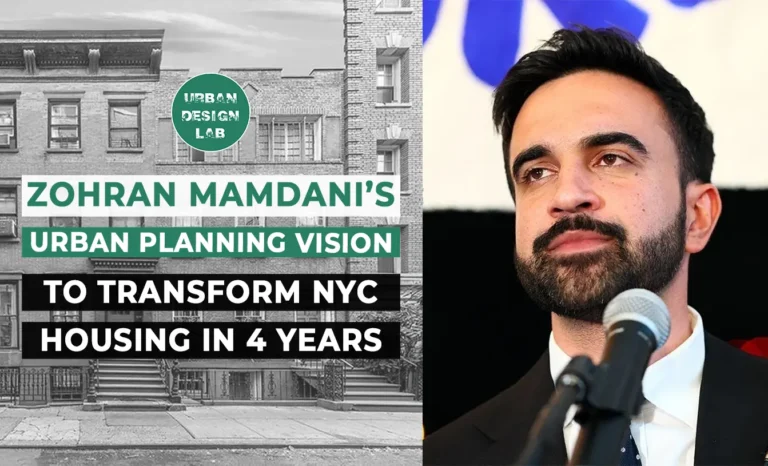
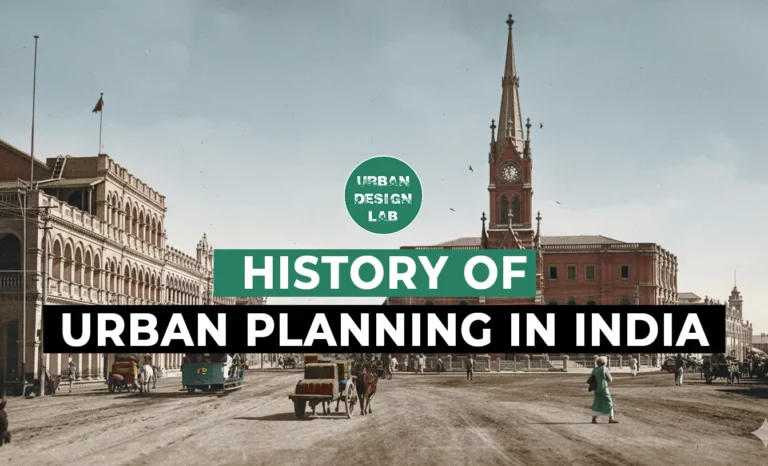
History of Urban Planning in India
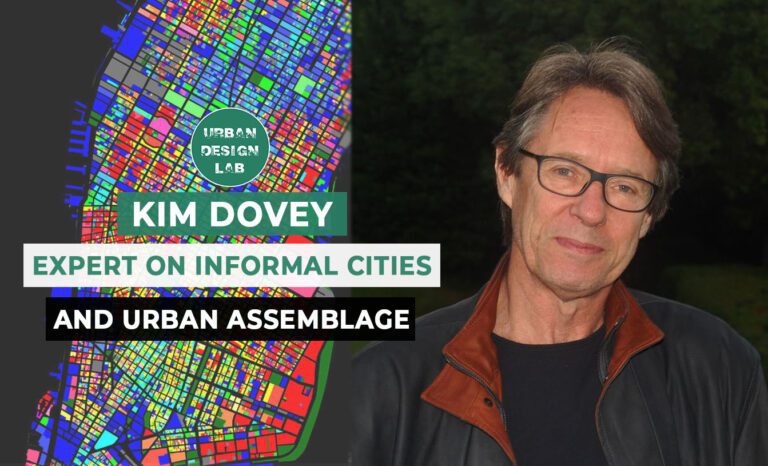
Kim Dovey: Leading Theories on Informal Cities and Urban Assemblage
UDL Illustrator
Masterclass
Visualising Urban and Architecture Diagrams
Session Dates
17th-18th January 2026

Urban Design Lab
Be the part of our Network
Stay updated on workshops, design tools, and calls for collaboration
Curating the best graduate thesis project globally!

Free E-Book
From thesis to Portfolio
A Guide to Convert Academic Work into a Professional Portfolio”
Recent Posts
- Article Posted:
- Article Posted:
- Article Posted:
- Article Posted:
- Article Posted:
- Article Posted:
- Article Posted:
- Article Posted:
- Article Posted:
- Article Posted:
- Article Posted:
- Article Posted:
- Article Posted:
Sign up for our Newsletter
“Let’s explore the new avenues of Urban environment together “
